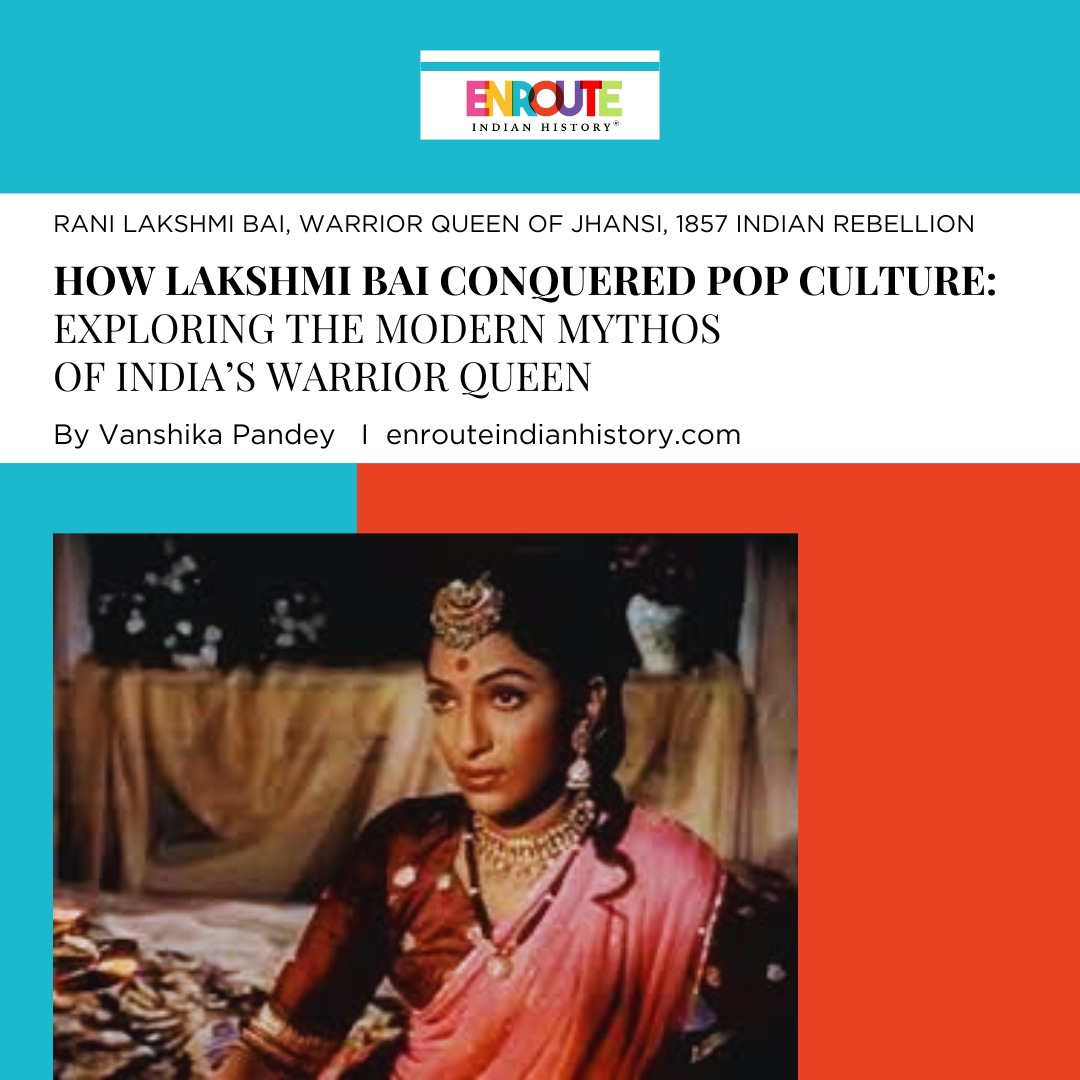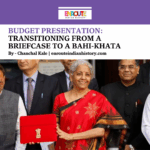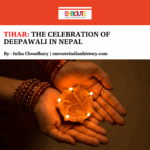

Image source- Minerva Movietone
Image caption- Sohrab Modi’s classic ‘Rani of Jhansi’, the movie which brought Rani Lakshmibai
on the screen for the first time.
There is no shortage of scholarly work on the events that took place in colonial India in 1857—whether they are interpreted as a mutiny, rebellion, or something else entirely. Similarly, there is an abundance of popular literature and iconography portraying the event. Since the Indian Independence movement of the 1940s, the Sepoy Mutiny has been widely recognized as a symbol of romantic nationalism. One of the prominent figures immortalized by the Sepoy Mutiny is Rani Lakshmibai, the queen of Jhansi in Uttar Pradesh. Her kingdom, inherited from her late husband, was threatened by British rule due to the policy of the Doctrine of Lapse. Because of her precarious position, Lakshmibai joined the Indian rebels, becoming a notable heroine in both folk tales and British imagination. For many years, Indians under British occupation continued to remember
Lakshmibai only through ballads and songs, as it was too dangerous to openly support her after the 1857 rebellion. However, it was finally suppressed by British troops. In modern India, Laxmibai is considered a national heroine. Her statues are everywhere in Jhansi and Gwalior and her story is
told in ballads, novels and Bollywood films. Her image, shaped by the Indian Independence movement of the 1940s, has seen many fictional portrayals. Most of these portrayals inaccurately depict her as a dedicated Indian patriot, which was not the case. It would be interesting to ask why, despite her bold stance as rebels against the British, the Rani continue to represent politically conservative figures in myth and history. What happens to history that allows for a safe distance from expression when the same act in India's present can be defined as seditious, unruly, horrifyingly masculine, and even anti-national? Is it? Despite being warriors amid violent battles, the Rani do not disrupt gender or sexual hierarchies and continue to be portrayed as socially conservative figures. How can a woman who disrupts social, cultural, religious, and gender norms in both India and Britain ultimately be portrayed as a figure worthy of celebration of kinship, femininity, and nationalism?
To understand why Lakshmibai is regarded as an Indian patriot, it is essential to consider the historiography of the rebellion itself. Nationalist and socialist retellings of the Indian Rebellion often depict it as an organized and precedented revolt, portraying it as the culmination of decades of unrest, mistrust, and British overreach. While this interpretation may hold some truth, the assumption that the rebellion's roots in cultural unrest inherently made it righteous, well-organized, and patriotic is flawed. Esteemed historians such as S.N. Sen and K.K. Datta, who were commissioned by the Indian government to write a patriotic history of the 1857 rebellion for its centenary, uphold this perspective.
In contrast to the outright nationalistic view of the rebellion, the "subaltern" movement of historians emerged during the 1970s. This movement prided itself on honesty, nuance, and a rejection of the romantic politicization of otherwise complex history. Notable historians from this era include R.C. Majumdar and E.I. Brodkin.
R.C. Majumdar criticized the politicization of the history of the rebellion, arguing that many insurgents revolted due to feudal or regional interests rather than being freedom fighters in the typical sense. He noted that their lack of centralized authority, stemming from discordant motivations, led to chaotic personnel problems that might not have arisen otherwise. In the 1970s, there was a conflict between 'subaltern' and 'nationalist' currents of Indian historiography. Jhansi's perception of Rani Laxmibai, like that of the rest of the ‘rebels’, evolved through various stages, culminating in the modern romantic view of her as a "brave warrior queen." .Her motives behind the rebellion are often obscured by her contemporary perception of her as a patriotic Indian monarch or as a traitor to the British to whom she once pledged allegiance. As with most polarizing and romanticized historical figures, the truth about Laxmibai's motivations for rebellion probably lies somewhere in the middle. As women's historian Indrani Sen notes in her review of fictional representations of Lakshmibai, The colonial imagination was fascinated by the image of the fearless warrior queen. Her heroic, larger-than-life image loomed over colonial discursive writings for the next few decades." Sen elaborates that in the years following the mutiny, English and American audiences, who initially viewed the Indian Rebellion with hostility, eventually found an unlikely heroine in Lakshmibai. The story of her stolen throne, her devoted motherhood, and her fearless death propelled her to the forefront of the colonial imagination, leading to numerous novelized iterations of her story.
In India, it's not an exaggeration to say that every schoolchild and literate adult is familiar with the story of Rani Lakshmibai. The refrain from Subhadra Kumari Chauhan's poem, penned in 1930, "Khoob Lari Mardani woh to Jhansi wali Rani thi" (She fought valiantly, she was the queen of Jhansi), is an integral part of Hindi school curricula. When Subash Chandra Bose established the Indian National Army, breaking away from the dominant ideology of Gandhian non-violence, he formed the only regiment of female soldiers on any side in World War II and named it the Rani of Jhansi regiment. The name of Queen Rani Laxmibai of Jhansi shines in the pages of Indian history as one of the first examples of woman, admired for her courage and her patriotism, and heroism in the Indian Nationalist Uprising. It is no surprise that popular culture continues to celebrate Laxmibai's courage, whether in the form of songs, ballads, poetry, art, or theatre.
Doordarshan, the only national television channel, airs the Hindi film Jhansi Ki Rani, directed by Sohrab Modi, on the occasion of India's Independence Day on August 15 every year, depicting the great warrior queen. The first images were etched into the memory of the general public. Growing up in India, whenever a girl used to get into a fight with boys, the frowning teachers and parents would say, “Do you think you are the Rani of Jhansi?'' Social norms determine whether you fight the boy or the British. Girls don't fight, and even the legendary warrior queen is not allowed to disrupt the patriarchal social order.
The depiction of the warrior Rani has inspired a plethora of biographies, comic books, historical narratives, films, and even a television serial: "Jhansi Ki Rani," which aired between 2009 and 2011, adding new elements of familial intrigue, love, and jealousy and was a regular in most of the households. The most recent addition to this genre is the film "Manikarnika, & quot; released on January 25, 2019. The film indeed portrays Lakshmibai's life through a colourful and romantic lens, it falls into the category of period film, with more emphasis on revisiting beloved historical figures through a compelling and dramatic lens than on an accurate and truthful portrayal of history, however, these mass and commercial movies, carves a place for themselves in the mind and psych of the audience and becomes a popular narrative.
The tale of a warrior queen who meets her end on the battlefield, in the violent and public arena of war, has dominated and will continue to dominate the collective memory of Indians. Whether in the British imagination of the nineteenth century, the nationalist interpretation of the twentieth century,
or the popular cultural narrative of the globalized, transnational present, Rani Lakshmibai, Queen of Jhansi, emerges as a perennial enigma of the warrior woman—celebrated or reviled. She embodies the enduring paradox of the warrior woman, whose inherent power must be unleashed at strategic moments but then restrained, confined, and brought under control, lest she truly "cry havoc and let slip the dogs of war," not only upon external enemies but also upon internal structures.



















